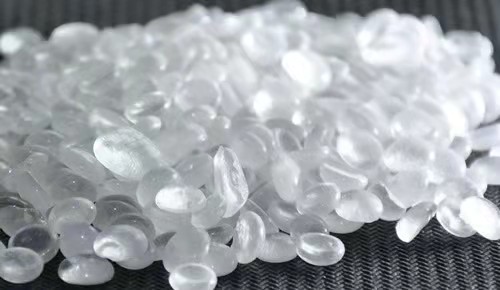2021-10-08
C9 petroleum resin is a thermoplastic resin produced by cracking the by-product C9 fraction of ethylene production unit as the main raw material,Petroleum Resin polymerizing it in the presence of a catalyst,Petroleum Resin or copolymerizing it with aldehydes, aromatic hydrocarbons, terpenes. Its molecular mass is generally less than 2000,Petroleum Resin softening point is less than 150 ℃, Petroleum Resin it is a thermoplastic viscous liquid or solid. Due to its low softening point and relatively small molecular weight,Petroleum Resin it is generally not used alone as a material.

With the development of modern science and technology, especially the progress of analysis technology,Petroleum Resin the development of petroleum resin has entered the era of technological competition. Various foreign manufacturers have given full consideration to economic, technological,Petroleum Resin environmental and other factors, focusing on improving product performance and broadening the application range of products. The modification of C9 petroleum resin mainly develops in two directions: the selection of special materials or modified materials and C9 fraction for copolymerization, Petroleum Resin that is,Petroleum Resin chemical modification; after the resin is polymerized, it is hydrogenated, which is hydrogenated modification.
Chemical modification: By introducing polar groups in C9 petroleum resin,Petroleum Resin the compatibility and dispersibility with polar compounds can be improved. The product can be used as a water quality stabilizer and thickener. For example,Petroleum Resin the resin is modified with maleic anhydride to prepare a water-soluble resin: phenolic substances are easily incorporated into the vinyl aromatic hydrocarbon polymer. Phenolic substances are used as catalyst solvents to improve the polarity of the resin and promote Mix and disperse with other resins.
Hydrogenation modification: Common C9 petroleum resin is generally brown or brown,Petroleum Resin which greatly limits its application. After hydrogenation,Petroleum Resin the original double bond in the resin is destroyed, forming a single bond. The resin becomes colorless and has no special odor. It can also improve its weather resistance, adhesion,Petroleum Resin stability and other properties, further expanding its application field. This will be the focus of future development in the field of petroleum resin.